Healthcare Risk Management Program: Hand Hygiene Compliance Report
VerifiedAdded on 2022/08/18
|5
|979
|14
Report
AI Summary
This report addresses the critical issue of healthcare-associated infections (HAIs) and the importance of effective risk management strategies, specifically focusing on hand hygiene compliance among healthcare workers. The introduction highlights the prevalence of HAIs and their detrimental impact on patient outcomes, including increased length of stay, complications, and mortality. The rationale emphasizes the gap between awareness of hand hygiene and its practical application, advocating for a monitoring system to track and improve compliance. The report provides supporting data, citing statistics on HAI prevalence and the legal responsibility of healthcare organizations to ensure worker and patient safety. The implementation section outlines a step-by-step approach to improve hand hygiene, including re-education, awareness campaigns, resource provision, and compliance monitoring. The report also acknowledges challenges such as attitudinal barriers and resource limitations, offering proposed solutions like stakeholder involvement and awareness programs. The conclusion underscores the effectiveness of a strict monitoring system and the importance of educating healthcare workers on maintaining hand hygiene to increase compliance and reduce HAIs. The report further highlights opportunities to improve the hygienic environment and overall patient care outcomes.
1 out of 5
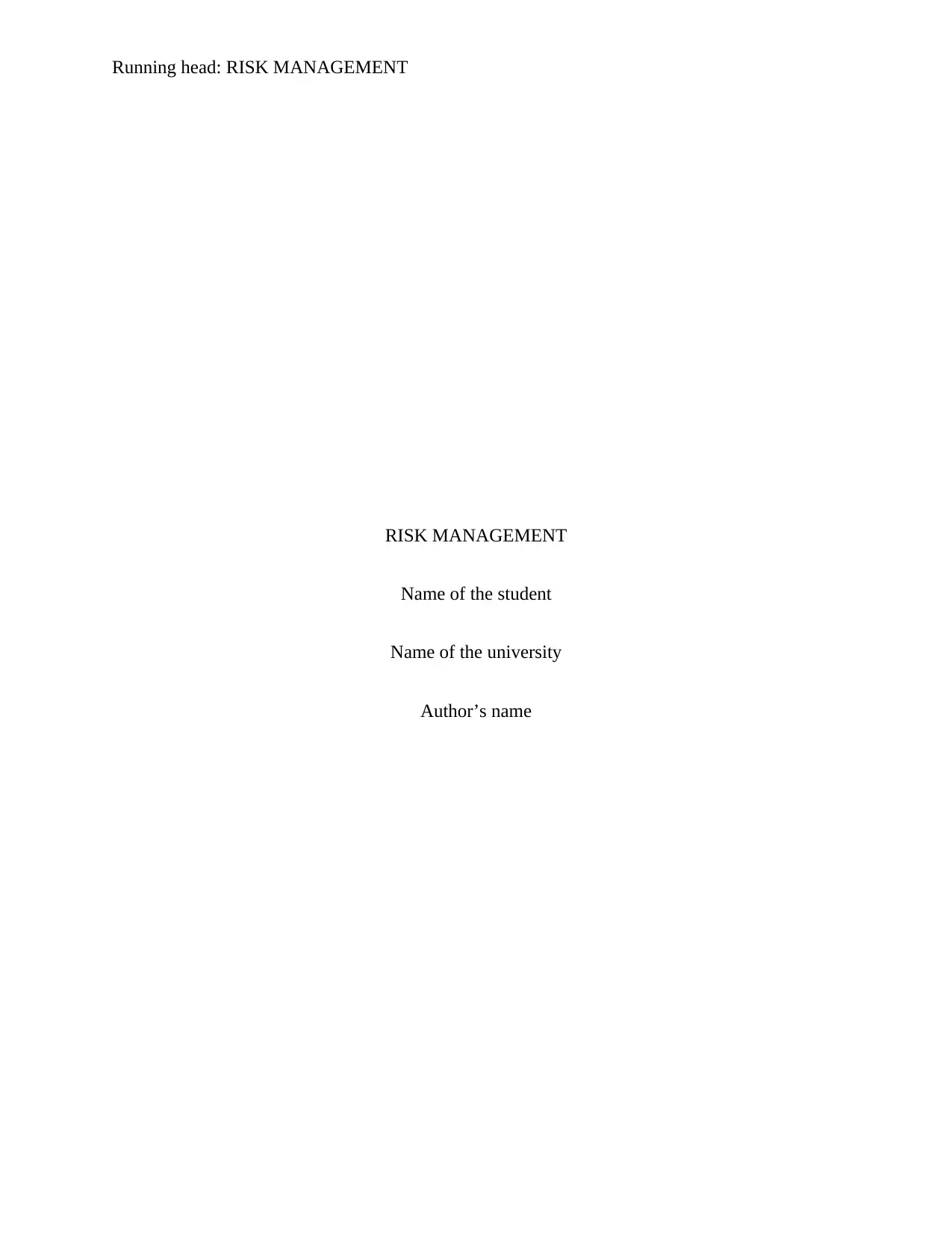
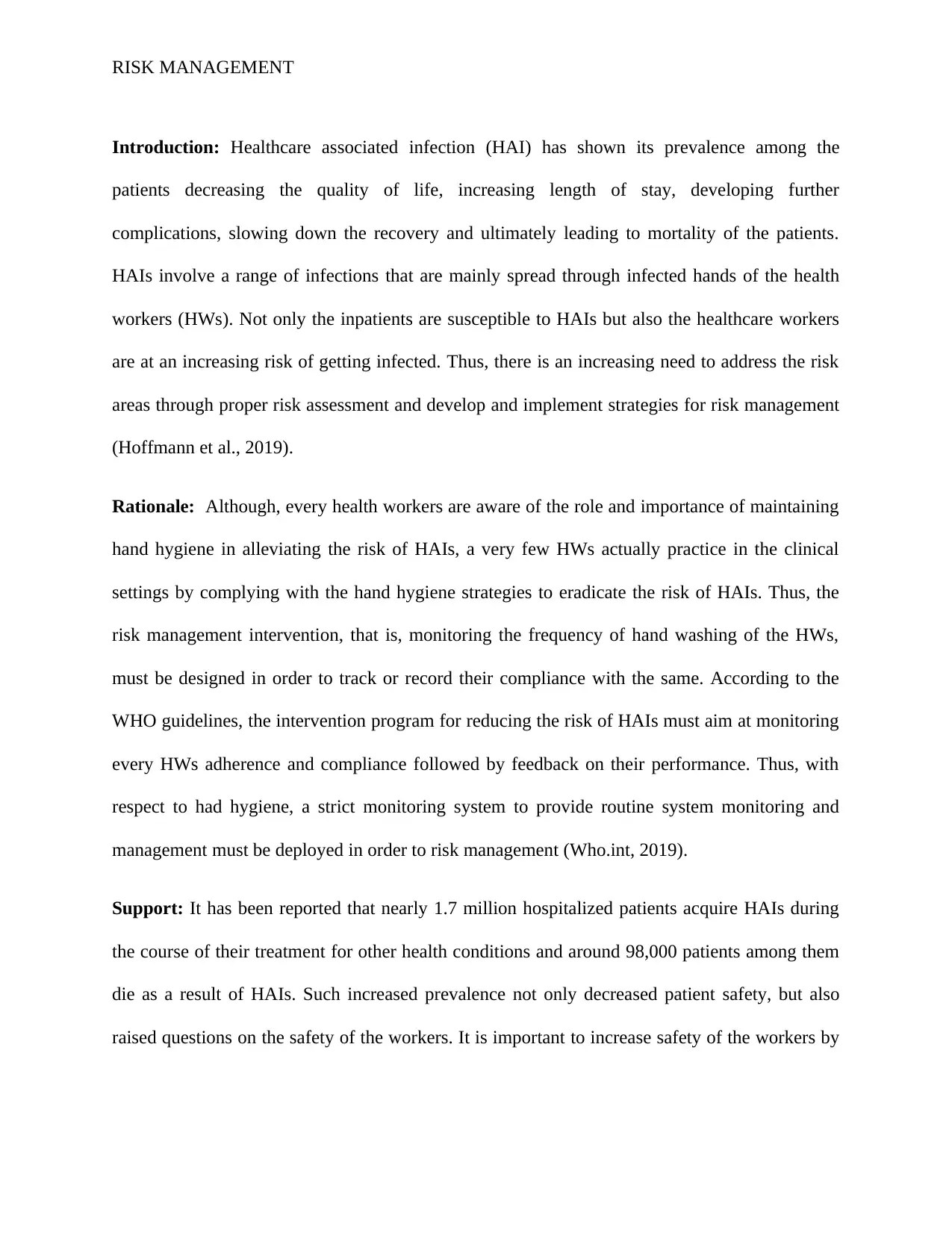
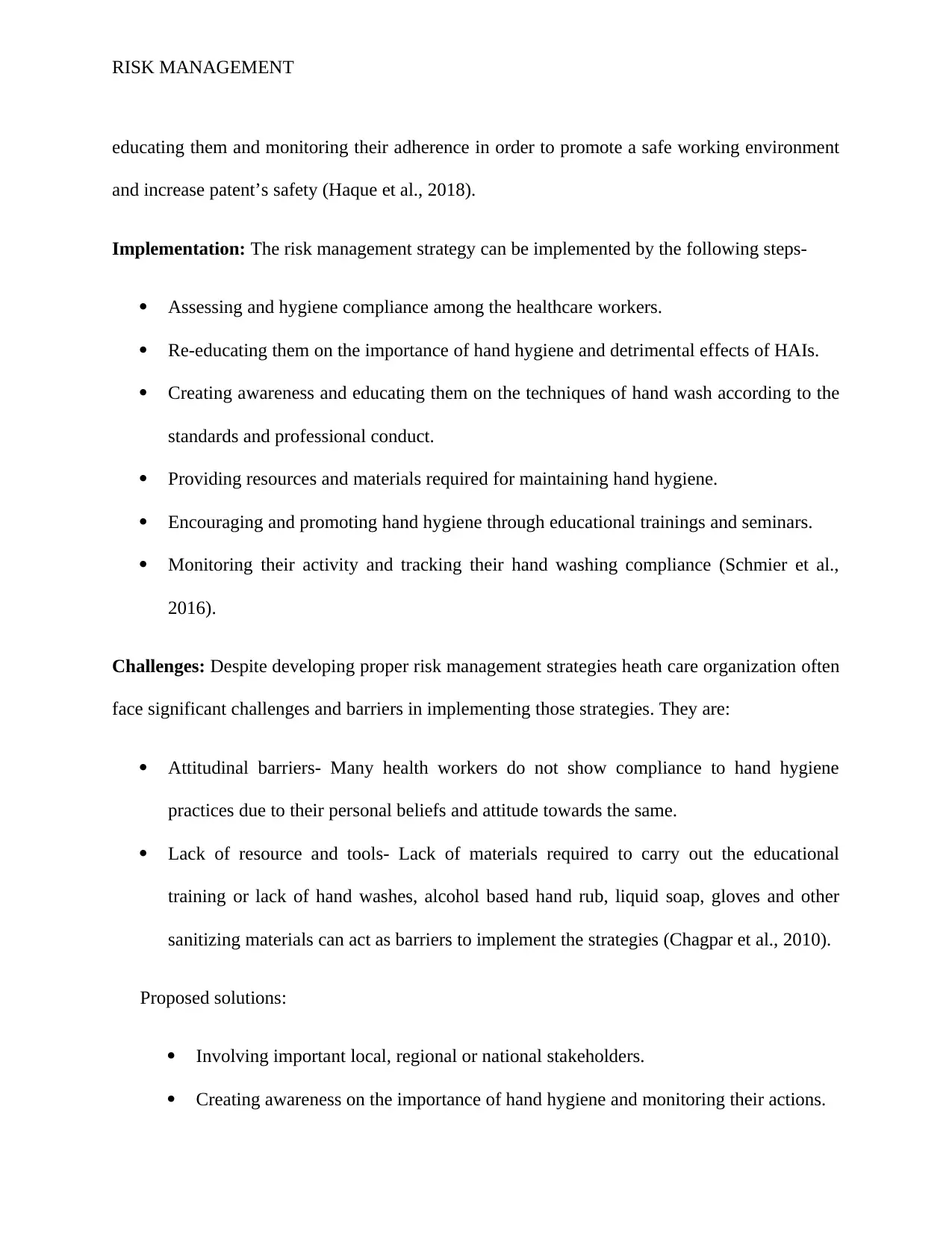

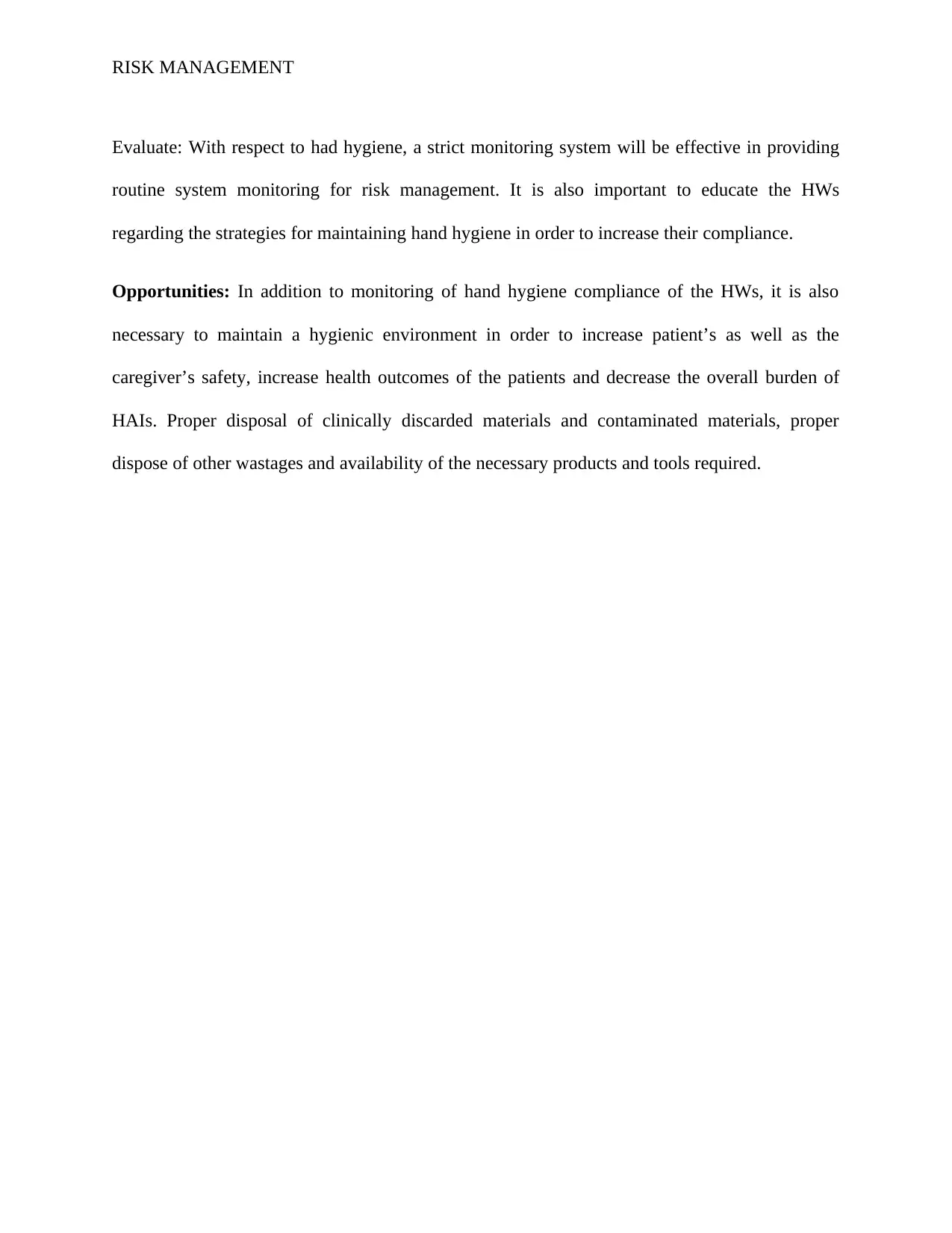
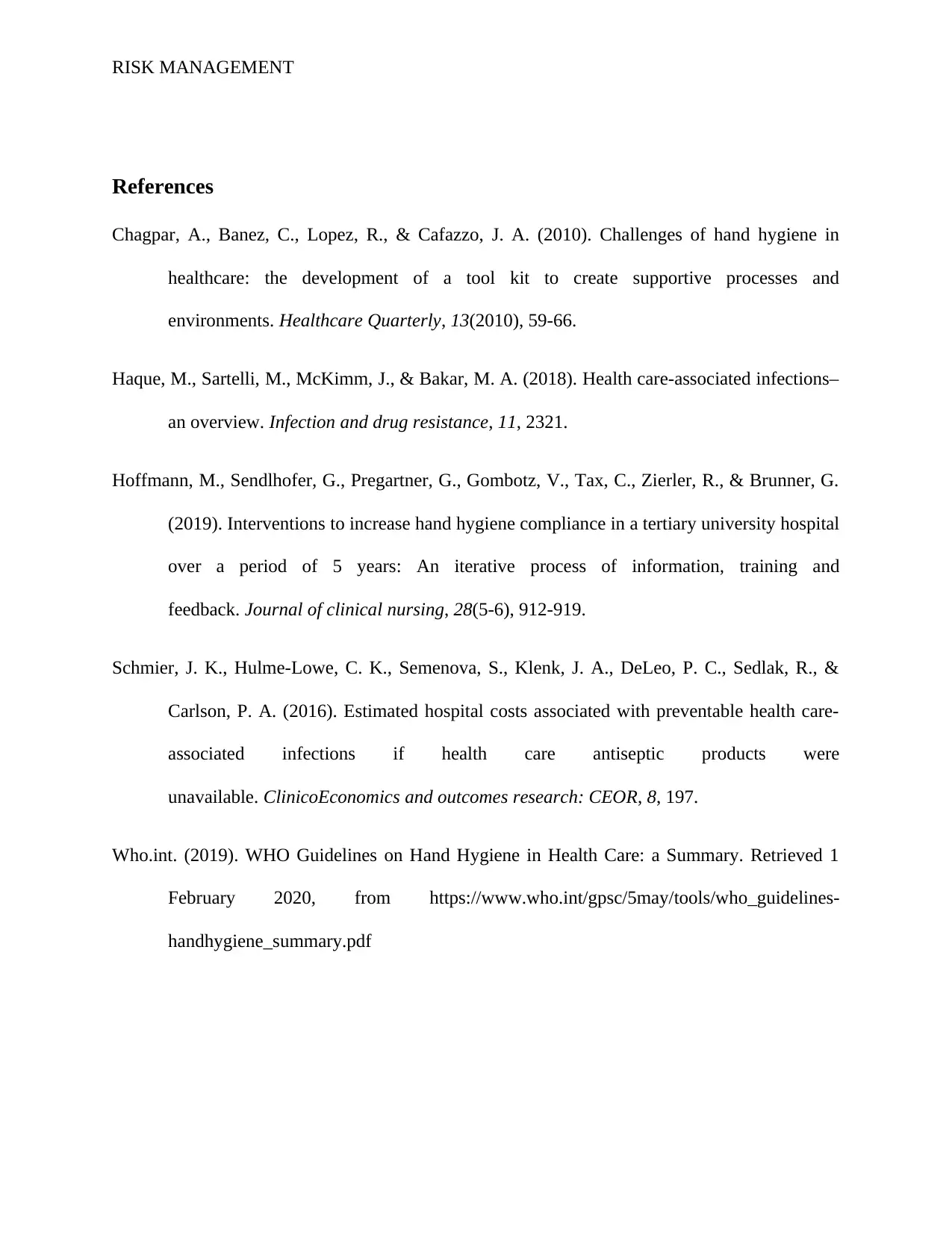






![[object Object]](/_next/static/media/star-bottom.7253800d.svg)